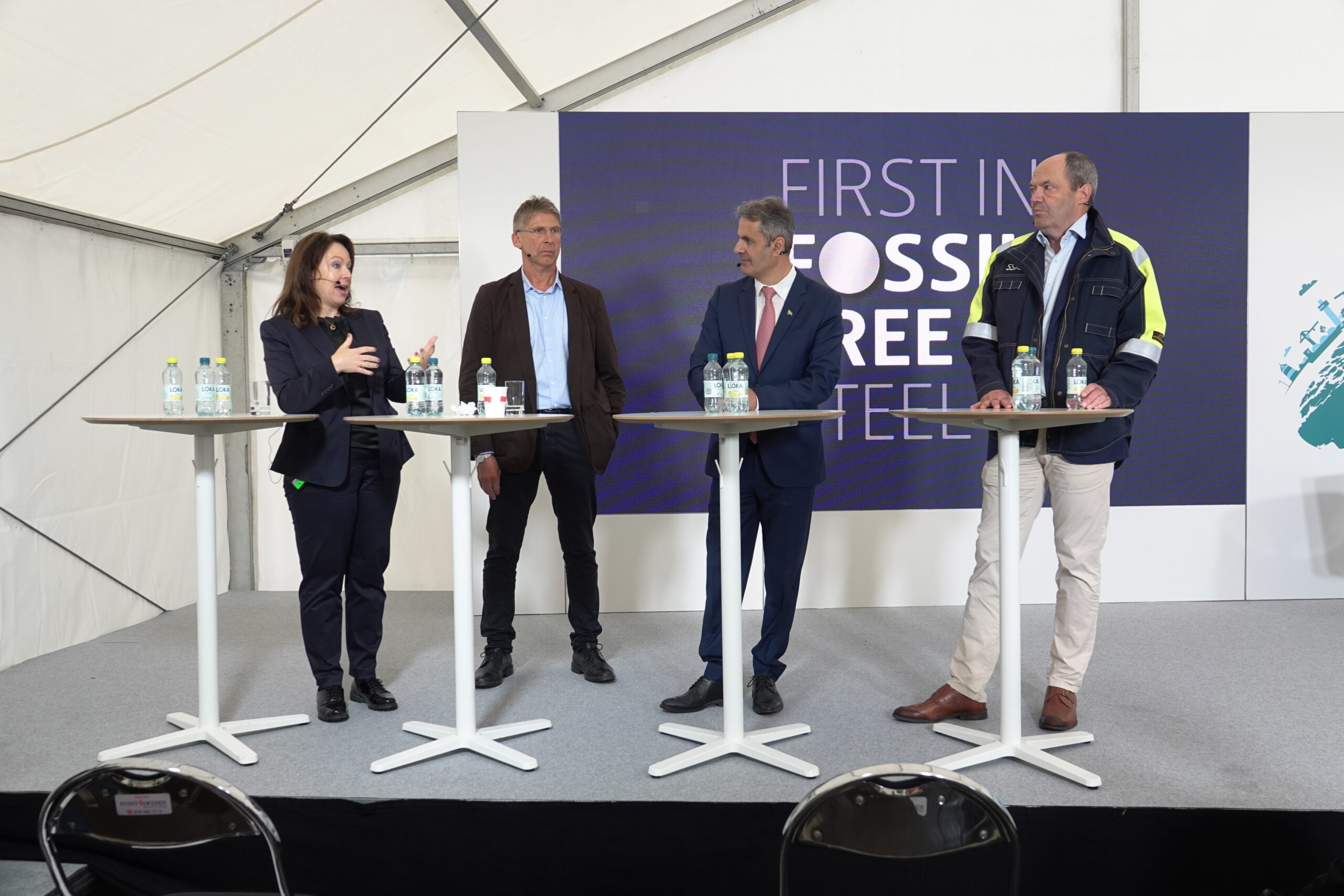If you told someone twenty or thirty years ago that steel and iron could be produced by using fossil-free hydrogen instead of coal and coke, they would probably laugh at you with disbelief. Today, a Swedish conglomerate of three firms called HYBRIT, can do just that. And heavy-duty truck and engine maker Volvo Group is the first to benefit from this innovation.
Global steel firm SSAB recently announced that it rolled the world’s first fossil-free steel using HYBRIT technology, and delivered it to its first customer Volvo.
The Hydrogen Breakthrough Ironmaking Technology, or HYBRIT, was developed by a joint initiative among SSAB, a mining firm LKAB, and electric utility Vattenfall that launched in 2016 with the goal to make iron and steel in an environmentally friendly way. The technology uses 100% fossil-free hydrogen gas instead of coal and coke to reduce iron ore.
“The first fossil-free steel in the world is not only a breakthrough for SSAB, it represents proof that it’s possible to make the transition and significantly reduce the global carbon footprint of the steel industry. We hope that this will inspire others to also want to speed up the green transition,” said Martin Lindqvist, President, and CEO of SSAB in the press release.
In June 2021, the joint venture test produced the world’s first hydrogen-reduced sponge iron. This showed it’s possible to use fossil-free hydrogen to reduce iron ore and remove oxygen, instead of using the heavily polluting coal and coke. One hundred tonnes of good quality sponge iron were produced. This sponge iron was then used to produce the first fossil-free steel using this technology.
“This is the first time ever that hydrogen made with fossil-free electricity has been used in the direct reduction of iron ore at a pilot scale,” noted the announcement. “The goal in principle is to eliminate carbon dioxide emissions from the steelmaking process by using only fossil-free feedstock and fossil-free energy in all parts of the value chain. Instead, the emission will be water.”
The hydrogen is generated by the electrolysis of water with fossil-free electricity. It can be used immediately or stored for later use. In May 2021, the joint project started building a pilot-scale hydrogen storage facility near the direct reduction pilot plant in Sweden.
And by 2026, it plans to produce and market fossil-free steel on an industrial scale. This could reduce carbon dioxide emissions by 10 percent in Sweden and by 7 percent in Finland. On a worldwide basis, the steel industry currently generates about 7 percent of total carbon dioxide emissions.
“We’ll be converting to electric arc furnace in Oxelösund as early as 2025,” said Johnny Sjöström, head of SSAB Special Steels Division. “This is the first production site within SSAB to make the transition, and it means that we’ll already be cutting large amounts of carbon dioxide emissions then. This is a major responsibility, one that we’re proud to shoulder, and it brings great opportunities to the region.”





